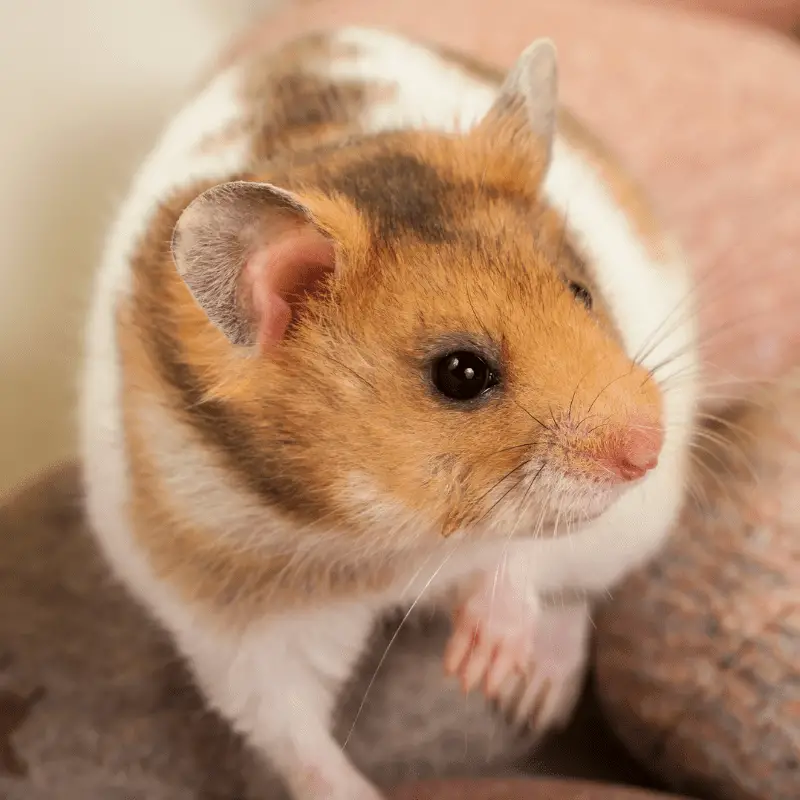While thinking about generally domesticated hamsters, almost all of us tend to picture a happy, furry, and small animal running on the wheel. For all of us, it is challenging to imagine a hamster running in the wild. The truth is, even though the hamsters are excellent pets, they are very well evolved to live happily in the wild on their own. But, it is difficult for us to spot these small rodents running around in the wild. So, the mystery about their habitat remains floating in some corners of our minds. Where do these hamsters live in the wild? And how do these delicate creatures survive in the wild?
Hamsters love to live in dry and warm areas. The perfect conditions explain why Syria would be the ideal living condition. But, that does not mean these rodents cannot be found elsewhere. They thrive in the diverse wild forests of countries like Romania, Greece, northern China, and Belgium.
Now that you are aware of their wild habitat, let’s get to know them a bit better.
Surviving Outside
One of the most noticeable physical features of the hamsters is their incisor teeth on the upper and lower jaw. These teeth do not stop growing throughout their lifespan. Other than that, hamsters have pointed digits on their feet and hands. In the wild, hamsters use their teeth and hands to dig burrows. That means in the wild, these tiny rodents build their own home underground. They also have cheek pouches, which these little animals use for carrying food and other essential things to their nest.
You can find about 26 different species of hamsters in the wild. Among all of them, only five are known to be considered as a pet. Throughout most of Europe and Asia, you can find these little animals scurrying around at night. Even though these hamsters have terrible eyesight, their sense of smell is powerful. This sense of smell, touch, and sensitive whiskers, help these small animals to navigate around in the wild.
History of the Hamsters Domestication
Hamsters were first domesticated in 1939. You can find more than 26 different hamsters living in the wild all over Asia, Europe, and the Middle East. Out of the 26 species of hamster, only a few have been domesticated.
The hamsters that you can find that have been domesticated belong to mainly three breeds. They are Syrian Hamsters, Roborovski Dwarf Hamster, and Campbell Dwarf Hamster. Each of these hamsters has its own history and personality to suit.
Syrian Hamster
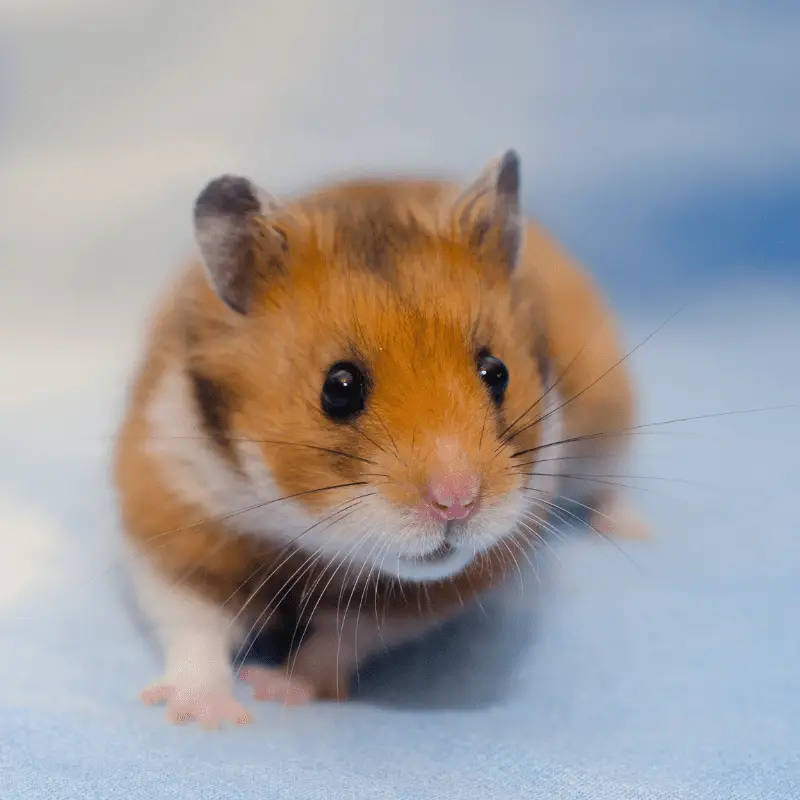
Also known as Golden Hamsters, Syrian Hamsters are one of the most popular hamsters across the world. These animals are plump and chubby with a lump of a tail. Their cheeks are spacious that helps them to store food when necessary. In the year 1797, Syrian Hamsters were first documented in a book written by two Scottish physicians.
However, in 1839 An English man named George Robert Waterhouse from the London Zoological Society first recognised these rodents as a species. It was not until 1930 that humans started to take an interest in these little rodents.
The first-ever known hamster caught was by a man called Israel Aharoni in 1930, and her offspring were sent to Europe. One of them was a female hamster which was named Cricetus Auratus, meaning Golden Hamster.
By 1939 These were in many households as pets.
The average lifespan of Syrian Hamsters is about 3-4 years, and you can find these animals in various colours. These animals are very territorial and always prefer to be caged alone. They are highly solitary animals, and like their own company, they do not like to share their space.
Life Span: 3-4 Years
Colours
- Black
- Cinnamon
- Cream
- Golden
- Sable
- Silver Grey
- Tortoiseshell and Roan
- Tortoiseshell and White
- White
Fun Fact
- The first female hamster that made it to London was named Cricetus Auratus. You can find her skin in the Natural History Museum in London.
Campbell Dwarf Hamster
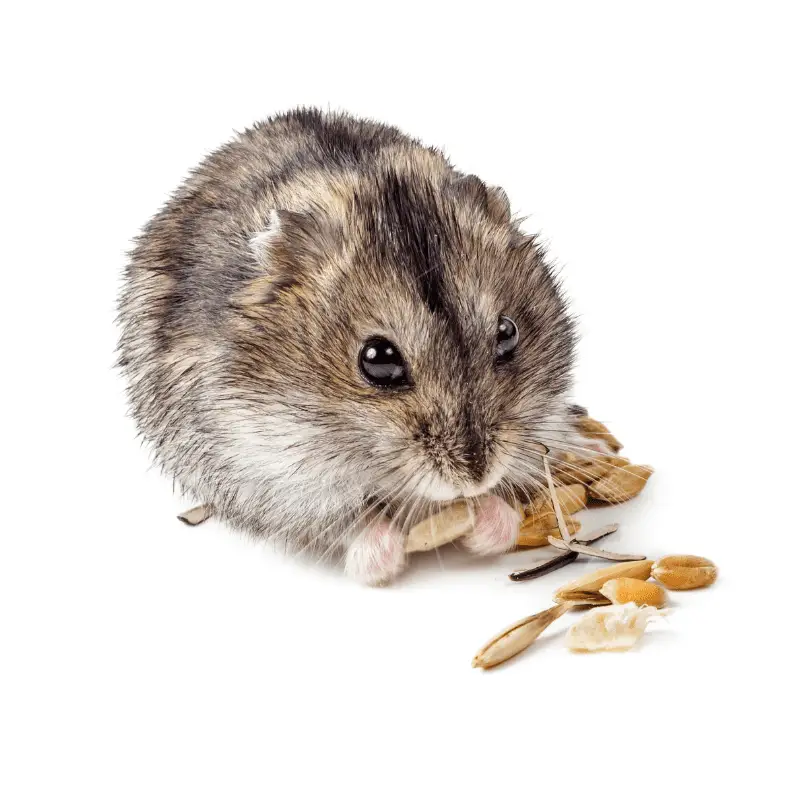
In 1902 W.C. Campbell discovered this hamster in the wild. It is one of the most common hamsters available in the market. You can find these hamsters in some parts of China as well. Compared to the Syrian hamsters, a Campbell dwarf Hamster is more miniature. They have a reputation for aggression. These hamsters often like more attention and handling. Like its Syrian counterpart, Campbell’s Hamsters took a similar route to the United States and European households. Researchers traditionally bred these hamsters for lab research, and later, they were considered the most favourite pets, especially among children. The lifespan of these hamsters is about two years, and they come in a variety of colours.
Life Span: 2-2.5 Years
Colours
- Black
- Black and White
- Cinnamon
- Cream and Brown
- Ginger
- Ginger and Blue Tint
- Grey
- Grey and Blue Tint
- Grey and Brown
- Sandy
- White
Roborovski Dwarf Hamster
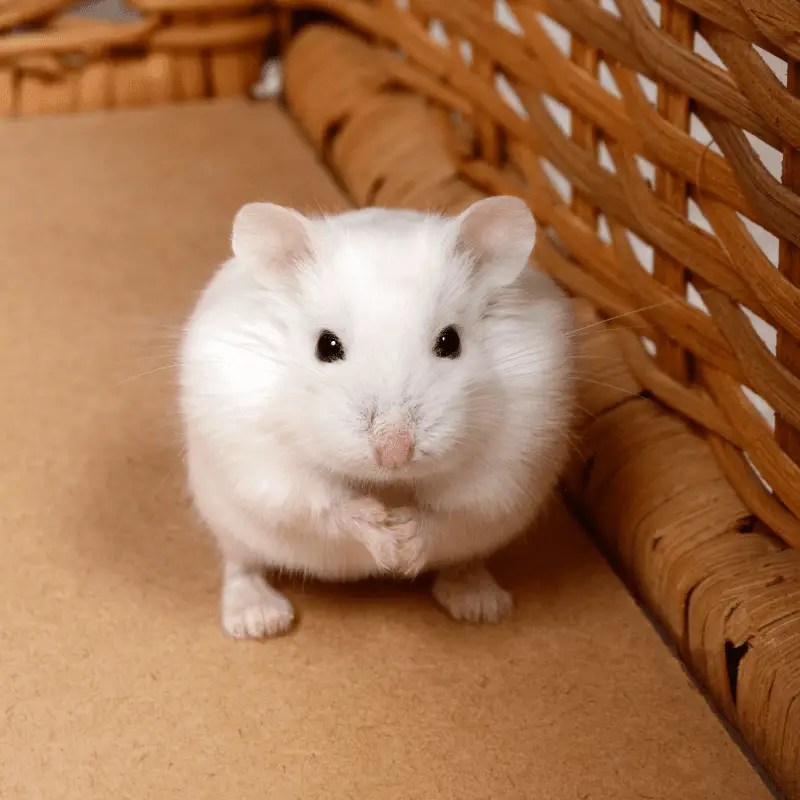
These hamsters are the smallest of all three types. Also known as the desert hamster or Robo dwarf hamster. The average lifespan of these hamsters is 2 to 3 years. They were discovered in Northern China by a Russian captain named Vsevolod Ivanovich Roborovsky in 1894. However, successful breeding in captivity of these hamsters was not possible till 1980. The first of these hamsters did not come to the shores of the United States until 1998. The Roborovski Dwarf Hamsters are not that aggressive and less likely to bite their owners. But, they are very agile, which makes them undesirable pets in a household with small children. If you are not careful, these hamsters can quickly get away from you. Most of these hamsters have Sandy-colored fur with white markings.
Life Span: 2-3 Years
Colours
- Agouti: grey or dark brown
- Cinnamon
- Cream
- Sand
- White
Fun Facts
- Roborovski Dwarf Hamsters have furry feet due to the natural habitat, which helps them from slipping and sliding on the sand.
- Did you know in the winter, wild Roborovski Dwarf Hamsters can change their coat colour to white. However, captive Roborovski Dwarf Hamsters it’s infrequent if they do.
Pets Shops
Where do pet shops get their hamsters to sell?
The hamsters that you find in a pet shop get these animals from certified hamster breeders.
Why are they together in one cage if they are solitary animals?
Only from the age of 8 weeks or more do they start to want their own space. At this point, after eight weeks old, if not sold, the pet stores would need to separate them.
Adopting
If you do decide to adopt a hamster, you will need to consider all the factors carefully. You will also need to get all the bits and bobs ready, like a cage, food and water bottle, before you pick them up, so you can take them straight into their new home to settle in. When they are settling in, try not to handle them for a few days. Let them get used to their surroundings first.
Not sure what you need to get, here I have written up a complete list of what you will need for a hamster.
Cage advice: make sure they have enough room. I see many hamsters in cages that are too small for them. It is always better to have more floor space than height unless it has multi-level places. If you get a Syrian Hamster, they will need a larger cage than a Campbell Dwarf Hamster and a Roborovski Dwarf Hamster.
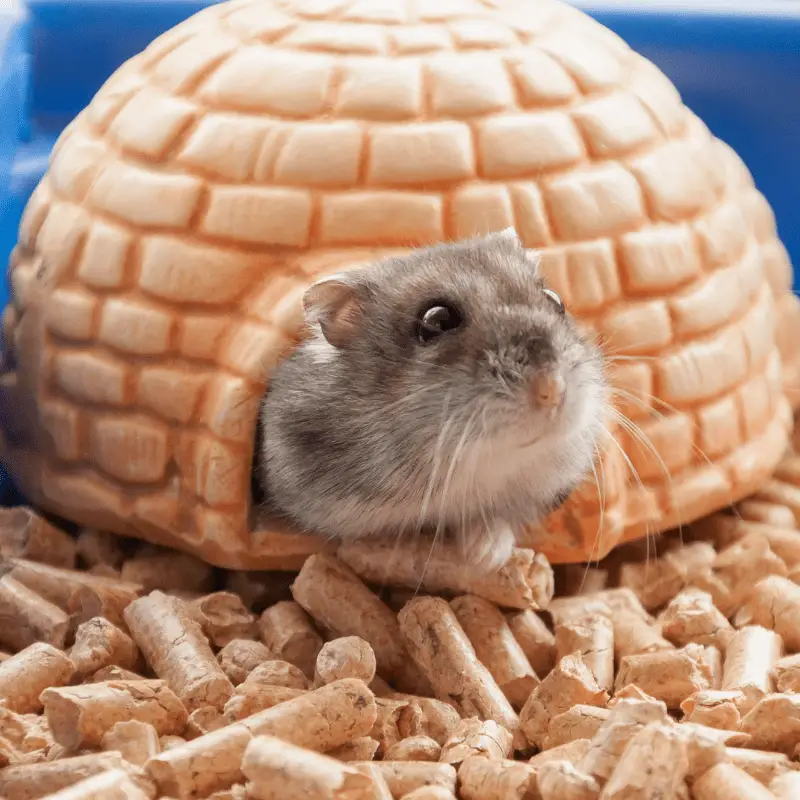
Best Location for a Hamster Cage:
- Pick an area that has a mix of light and darkness
- Quiet and calm place, keep away from music devices and TV
- Not by any heating system, perfect temp is between 18-21C
- Keep out of any drafts, such as a door or window, as this can encourage unsafe hibinating in hamsters
- Place the cage at eye or hip level, not on the floor and not too high that you can’t see them.
- Inside a home, not inside a garage or outside
- Away from other animals in the household
- In a closed room, like a bedroom, or study if you have any cats. Cats are curious and will see a hamster as a plaything or even a lunch meal. Even though they are in a secure cage, cats have been known to knock the cage off its platform, thus potentially opening the cage, breaking the cage, or injuring the hamster.
Are hamsters happy in cages?
Yes, a hamster can be just as happy in a cage as in the wild. However, it will be best to keep your hamster entertained with a wheel, treats and playthings. A bored hamster will tend to chew on the bars and scratch the cage’s bottom, which is usually a good indication that they need more stimulation.
In this case, you can get a Hamster ball. Hamster balls are great for exercise and provide another area that’s different to their cage.
New Owners Advice
Handling Advice: captive hamsters are nocturnal, so try not to wake them during the day; leave it later in the day to have some playtime with your hamster. Unless you need to give the cage a clean, try not to make a habit of waking them up. Waking up sleeping hamsters can cause stress and trauma to them. Like us humans, hamsters love and need their sleep also.
Food Advice: In captivity, hamsters tend to thrive on pallet-based food. Other than that, you can also offer them vegetables, like carrots, broccoli, squash, spinach, or cucumber. Don’t give them too much fruit as it contains high levels of sugar. The seeds are also not suitable for the hamsters. So, it would be best if you avoided them.
While you cannot give your hamster complete freedom, it enjoys the wild. You can shower it with all the love and affection that it requires to have a happy hamster. Create a regular exercise routine to keep your hamster engaged. Try to keep your hamster away from direct sunlight and other bigger pets which might treat it as prey.

